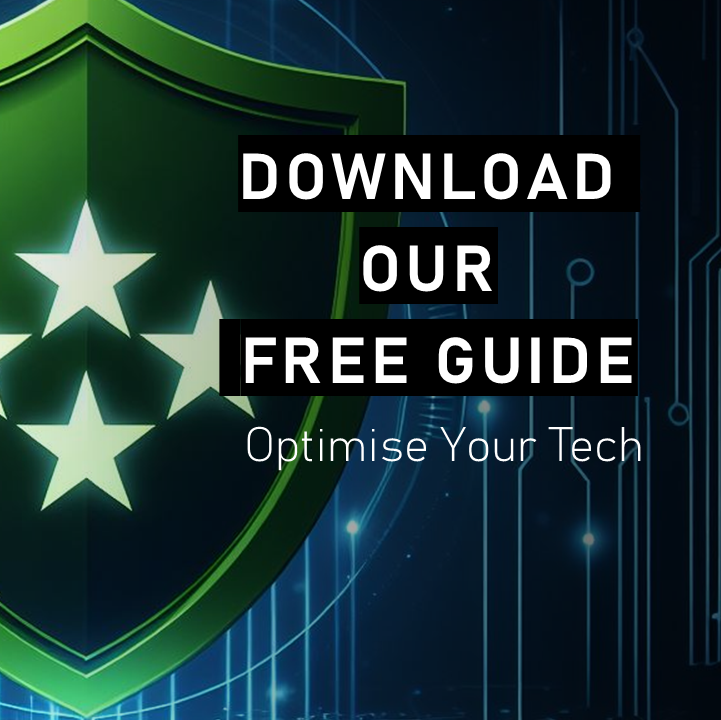One of the biggest pitfalls for small businesses today is the accumulation of third-party IT tools, platforms, and services over time. While each new tool might initially seem like a good idea—a quick fix or an affordable solution—the reality is that this approach often leads to a tangled mess of technology that’s more of a headache than help. Over time, this fragmented IT environment becomes more and more expensive, increasingly difficult to manage, creating chaos and leaving businesses with an overwhelming sense of uncertainty about what’s actually necessary and introducing or increasing technical debt.
The Hidden Costs of ‘Cheap’ Solutions
It’s easy to be drawn in by free trials and low-cost plans. On the surface, these offers seem budget-friendly and harmless. But here’s the catch: these entry-level options frequently come with stripped-down functionality, hidden limitations, and unexpected costs that accumulate over time. The more tools you buy into, the more time you spend onboarding, configuring, and integrating these systems—only to find that they don’t really work together or they are designed rather for big Enterprise than Small Business. As a result, businesses waste precious resources managing these scattered applications rather than focusing on growth and efficiency.
The Problem with Fragmentation: Multiple Tools, Multiple Headaches
Every new tool you bring into your environment introduces its own user accounts, administration portals, and management overhead. Soon, your business is juggling multiple identities across different apps and platforms, with data stored in random cloud apps and repositories. This decentralised setup quickly spirals out of control, leading to:
• Duplication of effort: Different tools may have overlapping functions, forcing your team to perform the same tasks across several platforms.
• Inconsistent data storage: Sensitive business data is stored in various locations, often without proper oversight, increasing the risk of data breaches and leak/loss.
• Decreased security: With so many accounts, passwords, and platforms to manage, your business becomes an easy target for cyber-attacks. Each additional tool increases your attack surface and weakens your overall security posture.
• Operational inefficiency: Managing updates, configurations, and settings across multiple systems drains time and resources. What should be a straightforward task becomes a complicated ordeal.
The Solution: Centralisation and Modern IT Management
To truly unlock your business’s potential, you need to move away from this patchwork approach and towards a centralised, comprehensive IT solution that is built for scalability and security. A mature and well-architected platform simplifies management, reduces vulnerabilities, and ensures that your business is operating smoothly 24/7 without the constant headache of managing multiple tools.
Here’s what such a solution offers:
1. Unified Identity and Access Management: With a centralised platform, you only need one identity for all your users across all apps and services. This reduces complexity and enhances security.
2. Streamlined IT Operations: A centralised solution consolidates management tasks—like software updates, user provisioning, and configuration settings—into one easy-to-manage platform. This frees up your team to focus on strategic work rather than getting bogged down in repetitive administrative tasks and force them to shadow IT areas.
3. Improved Security Posture: By minimising the number of tools and entry points, you reduce the attack surface and strengthen your defence against threats like phishing, ransomware, and unauthorised access.
4. 24/7 Monitoring and Incident Response: A comprehensive solution typically comes with built-in cybersecurity features, including proactive threat detection, incident response, and real-time reporting. With experts monitoring your environment around the clock, detecting and responding to threats, you can focus on what you do best – your business and your customers.
5. Seamless Scalability: As your business grows, a centralised IT system can scale with you—whether you’re adding new users, deploying new applications, or expanding to new locations. The need to constantly bolt on new tools is eliminated, allowing for sustainable and efficient growth.
Why This Matters
In today’s digital world, small businesses can’t afford to treat IT as an afterthought. The risks are too high. A fragmented IT environment not only drains resources but also puts your business at serious risk of data breaches, compliance failures, and operational inefficiencies. By embracing a centralised, modern management solution, you’re not just streamlining operations—you’re also protecting your business from the growing wave of cyber threats that target small and medium-sized enterprises.
Imagine a business where your IT environment is fully integrated, where user identities are seamlessly managed, where data is securely stored and easily accessible, and where your systems are always up-to-date with the latest security patches—all without requiring constant intervention from your team. This isn’t just a vision—it’s an achievable reality that will give your business the foundation it needs to thrive.
Make the Shift: Unlock Growth by Simplifying Your IT
Stop wasting time, money, and energy juggling disconnected IT tools. Instead, invest in a solution that brings everything together—protecting your users, apps, devices, and content from today’s most sophisticated threats. With streamlined IT management and round-the-clock proactive security, your business will be better positioned to focus on what truly matters: growth and success.
By making this strategic shift, you’ll not only regain control of your IT environment but also set the stage for skyrocketing your business to new heights.









